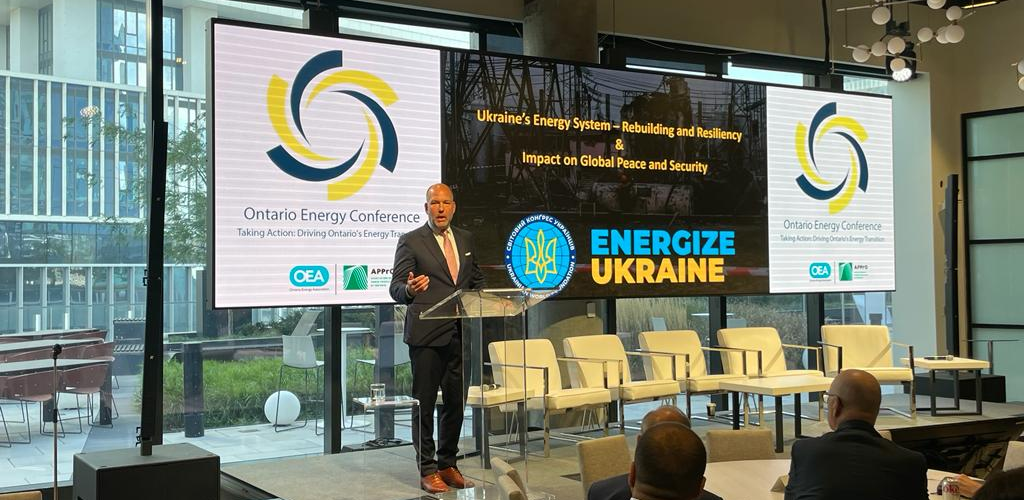
The Ukrainian World Congress’s initiative, Energize Ukraine, aimed at supporting and rebuilding the Ukrainian energy system, expresses gratitude to the government of the Canadian province of Alberta for its contribution of $150,000 CAD to the project.
“In these critical times, Ukraine’s energy infrastructure requires unprecedented support. Led by the Ukrainian World Congress, the Energize Ukraine initiative is profoundly grateful for the invaluable solidarity and support from the Government of Alberta. This essential aid will undoubtedly enhance the resilience of the Ukrainian people and is designated for equipping schools with solar panel microgrids. This project will ensure that Ukrainian children have access to electricity, crucial during the challenges posed by Russia’s severely damaging actions to our energy infrastructure,” said Yarema Kovaliv, UWC’s Energize Ukraine initiative director.
Funding from Alberta, provided to Energize Ukraine, will help cover essential costs like parts, shipping, labour and machinery to support the installation of this urgently needed electrical and energy equipment in the hardest-hit Ukrainian communities, the government of the Canadian province said. This assistance is part of a memorandum of understanding signed by the Alberta government and the Ministry of Energy of Ukraine in February this year.
“We made a commitment in principle to help Ukraine rebuild its energy infrastructure devastated by the ongoing war. With this funding, we are moving that into firm action. Alberta strongly believes in helping its partners in times of need, and I am pleased to build on Alberta and Ukraine’s long history of friendship with this financial support,” said Alberta Premier Danielle Smith.
Last November, within the Energize Ukraine initiative, the UWC and the Energy Act for Ukraine Foundation completed the installation of a hybrid solar station for a school in Chernihiv. The hybrid solar system provided 1562 students with the opportunity to study even during periods of power outages and blackouts and met 20% of the school’s annual energy needs.










